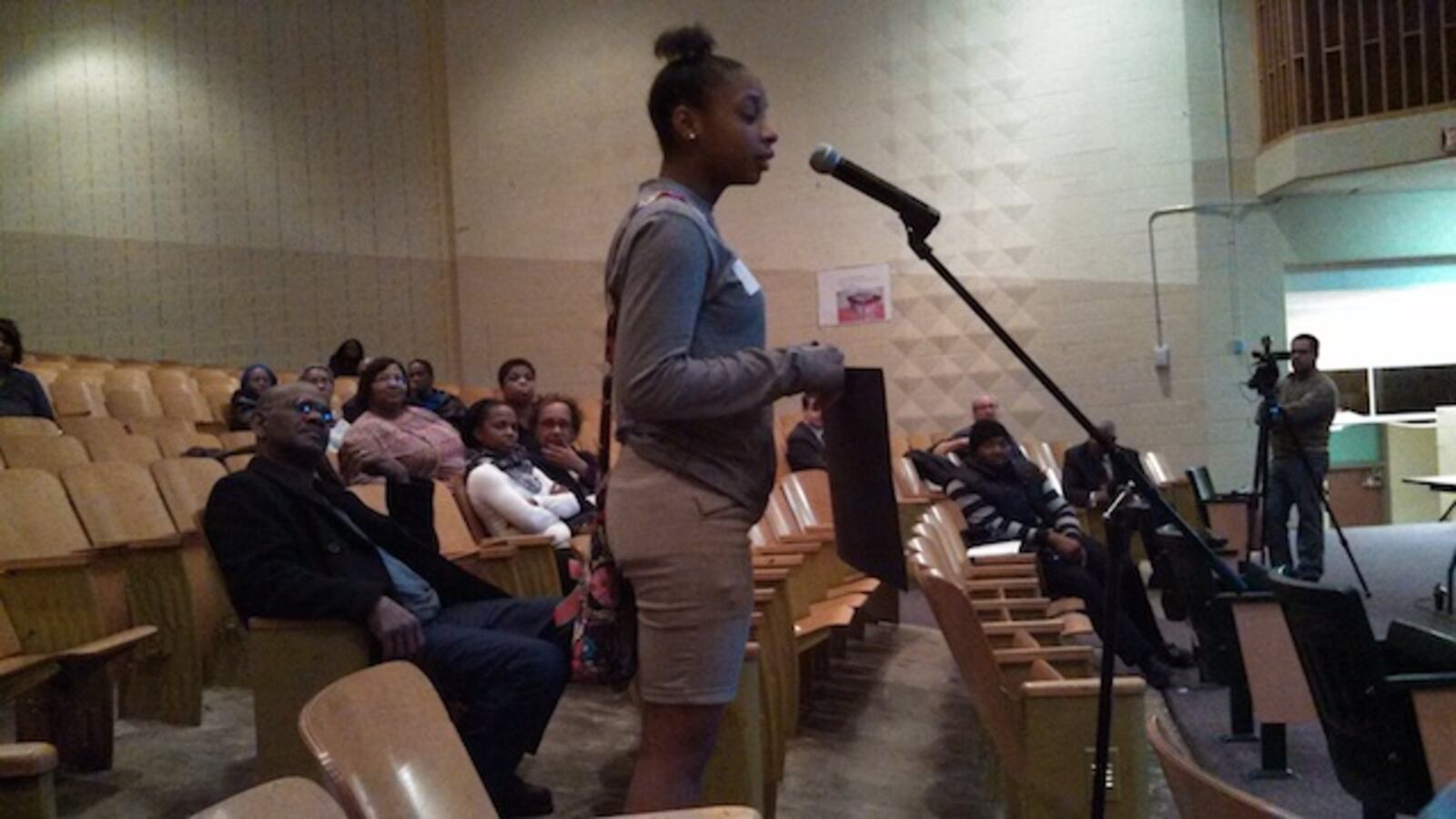Growth in local district tax revenues and lower-than-projected student enrollment this year have created a dilemma for legislators and uncertainty for school districts.
The situation gives legislators the choice of cutting state support in the middle of the current school year, saving cash that could be used to help pay for schools in 2016-17.
Districts fear the potential disruption that could be caused by mid-year changes but also also would like to get as much money as possible in the next school year.
Members of the Joint Budget Committee and other legislators were briefed on the issue Thursday during the committee’s annual hearing on state school spending and the Department of Education’s proposed budget.
“Local revenues are well up,” committee staff analyst Craig Harper told lawmakers. “The pupil count is down. Both of those are going to generate some flexibility for you.”
He said this year is “the first time I’ve seen it [the changes] in this magnitude.”
Rep. Millie Hamner, chair of the budget committee, said she would like to see districts maintain their current programs. But the Dillon Democrat also said the JBC will have to weigh its options carefully.
Jane Urschel, deputy executive director of the Colorado Association of School Boards, said district leaders “desperately” want to keep that money for this year but acknowledged districts might have different views depending on their financial situations.
The issue arises now because full data about enrollment and local revenue isn’t available in the spring when lawmakers pass the annual school finance law that pays for the upcoming school year.
Pupil counts are taken on Oct. 1, and this year’s enrollment figures are still being calculated by the Department of Education. More accurate figures for local property tax collections won’t be available until Monday, when state economists issue their quarterly revenue forecasts.
Preliminary estimates from CDE indicate actual enrollment may be about 2,000 fewer students than the 844,546 estimated last spring. The number of at-risk students, another factor in school funding, also is down. That could create a potential savings of $24 million, according to CDE. The increase in local revenues could be at least $67.5 million, based on a very preliminary estimate by the governor’s office last month.
So the state could cut its share of school funding by $100 million or more.
The annual finance law sets a total amount of school funding – $6.2 billion this school year. That amount is a combination of state and local tax money. If there’s more local revenue than projected, the state is able to reduce its contribution and keep the total the same. In years when local revenue turns out to be lower than projected, the state has to make up the difference or cut total school spending, although there are limits on cutting.
Reducing the state share of school funding this year wouldn’t reduce average per-pupil support of $7,284. But the per pupil amount is less important to districts than the total amount of state aid they receive. Districts have fixed costs such as the number of teachers they hired at the beginning of the school year, so districts with lower-than-projected enrollment would feel a squeeze if the state cuts back on its share of their financial support.
Gov. John Hickenlooper’s 2016-17 budget plan would increase average per-pupil funding to $7,397, up 1.4 percent.
But there’s bad news in the governor’s plan for what’s called the negative factor, the device the legislature uses to control school spending and balance the overall state budget. For the last five years, the K-12 community has focused on the negative factor as its key indicator of school finance health.
Hickenlooper’s proposal would peg the 2016-17 negative factor at $904 million, up from $855 million in the current school year.
While JBC members face a difficult decision on whether to cut state school support in the middle of the current year, most budget watchers expect the legislature to reduce the state’s share of support.
Learn more in the full JBC staff briefing on K-12 spending. And see the district-by-district impact of the governor’s proposal.


